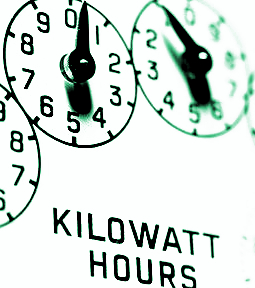Green shift costs assessed
 A set of new reports say Australia’s renewable energy transition will lower power costs, but will be an expensive process.
A set of new reports say Australia’s renewable energy transition will lower power costs, but will be an expensive process.
The Australian Energy Regulator's (AER) State of the Energy Market report says high inflation and the rising cost of network investments could see higher energy prices in the near-term.
However, the Health of the National Energy Market (NEM) report (which was released at the same time as the AER report), says the best strategy to improve energy affordability is “massive physical investment and purposeful, coordinated policy reform”.
“An orderly energy transition remains the best way to improve energy affordability in the long-term,” the NEM report said.
“However, this will take time and the required investments will add to cost pressures, although they will be lower than the costs of a disorderly transition.”
Energy Security Board (ESB) chair Anna Collyer says Australia is seeing an unprecedented period of change in the NEM.
“Events earlier this year highlighted the types of challenges we face and the bumps that can emerge due to a combination of factors including the pace and scale of change, our exposure to the volatility of global commodities markets and the accelerating retirement of thermal generation,” Ms Collyer said.
“Managing those risks and delivering an orderly transition requires urgent market reform and regulatory settings that encourage efficient investment in our energy future.”
But AER chair Clare Savage notes that declining energy affordability is increasingly concerning for consumers, who are grappling with higher costs of living.
“We've seen record wholesale energy prices in July, but network costs are also likely to increase as inflation and rising cost of capital impact the cost of network investments that will be needed to support an orderly decarbonisation of the energy system,” Ms Savage said.
“In these tough economic conditions, we are focused on using our regulatory levers to get the best possible outcomes for consumers to ensure the energy transition is delivered at least-cost.”







 Print
Print